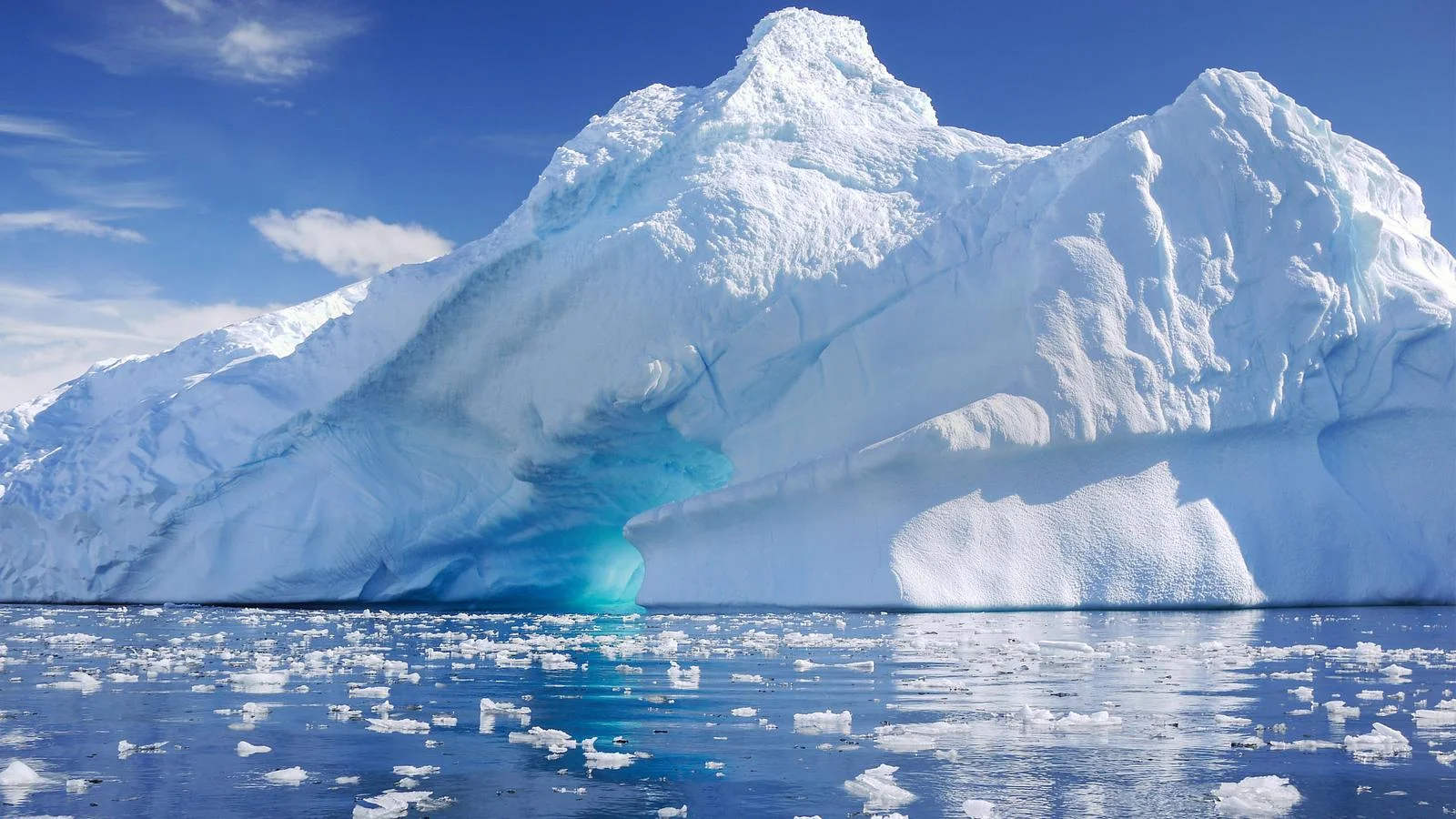Ask anyone who has visited Antarctica to describe it and you’ll notice a long pause. The sheer size of the landscape and the alien feel it evokes makes describing such a place very difficult.
There is no denying though just how beautiful and magical the Antarctic Peninsula is. Nowadays, thousands of people take specific expedition-style cruises to visit this remote region of the earth. Visitors witness wildlife and landscapes not on offer anywhere else.
However, because Antarctica is so remote, the costs of visiting such a place are high. The average cruise to Antarctica costs around $10,000 per person. This can be a very off-putting factor. It’s important to remember though that once aboard your ship, accommodation and food is all paid for.
If $10,000 makes you feel weak at the knees, there are certain things you can do to bring the costs down considerably. Below I’ve written my five top tips for visiting Antarctica on a budget.
1. Last Minute Options
Although you won’t be able to book a cruise last minute online, there are plenty of options in the city of Ushuaia. Known as the world’s most southerly city, Ushuaia is the departure point for almost all Antarctic cruises.
Travel agents line the streets of Ushuaia and you’ll often find some exceptional deals. Look out for a standard 10-day cruise for around $6,000 per person in a shared cabin.
The downside of course is that you won’t have much control over what becomes available and you may not get your perfect itinerary or accommodation. But who really cares if you’re saving thousands!
2. Alternatively, book super early
Having just said that booking last minute will save you big dollars, the end of the spectrum is to book way in advance for your vacation in Antarctica. When I say way in advance I mean way, way, way in advance – think 18-24 months.
Booking very early allows you to receive the early-bird deals, which are often considerable. Many travel agents offer Antarctic cruise for between $6,000 – $7,000 when booked well in advance. This is absolutely ideal as it gives you more control over what itinerary and cabin you want. The only downside is you’ll have a long time to wait!
3. Don’t overspend needlessly on gear
If there are two things you can guarantee in Antarctic, its great photography opportunities and cold weather. Because of this, visitors tend to overspend on both aspects.
First of all, almost every Antarctic cruise operator will provide you with your own parka to keep warm during shore excursions. So don’t spend hundreds on a big warm parka. What you’ll need to buy are some warm under layers to go beneath your fleece and parka.
Camera gear is also never ending and you can spend as much as you want. However, your standard gear will generally do the trick. The only thing you’ll need will be large air-tight plastic bags to reduce condensation when you enter the ship after being outside. You may also want a spare battery or two as the cold saps battery power very quickly.
4. Cruise late or early in the season
Like all travel, visiting costs tend to be higher during peak season. This is very true in Antarctica during December and January when temperatures are at their warmest. But is the peak season actually better?
It really depends on what you want to see. If you’re desperate to see penguin chicks then yes, you may have to travel in peak season. However, if you want to see as many whales as possible then later in the season is much better.
Landscape photographers tend to love the early season due to the fact that the large icebergs have not melted still and make for some amazing photos.
5. Travel with as many people as possible
This may sound odd, but travelling with more people will bring down the cost, as you’ll be able to share one room. Solo travellers generally have to pay a single supplement fee, which ups the cost needlessly.
Quad rooms are generally the cheapest, so if you can find three other people to join then that will be the most cost-effective. Travel agents will also give larger discounts for group booking, which will help lower the price.
Our site is maintained by a network of expert contributors, many of which guide or have guided treks and climbs around the world. Contributors to the site are volunteers, and are not paid. The current lead editor on the site is Mark Whitman.
Our site is maintained by a network of expert contributors, many of which guide or have guided treks and climbs around the world. Contributors to the site are volunteers, and are not paid. The current lead editor on the site is Mark Whitman.



